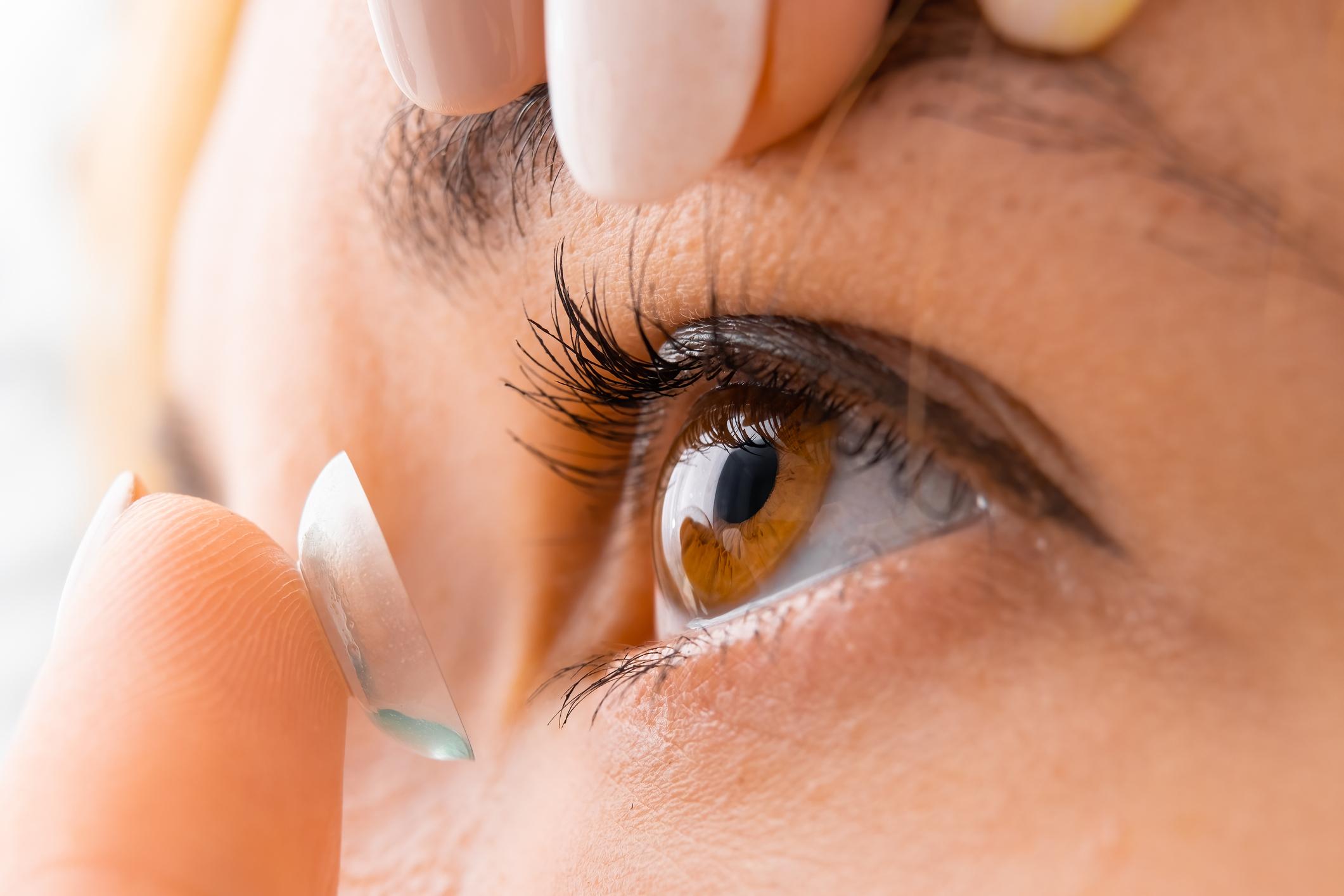May 15, 2006 – Blood pressure measurement taken after a few minutes of rest gives a more reliable result than if taken in a hurry, study confirms1 conducted by American nurses.
And the difference is not minimal. Blood pressure – systolic as well2 than diastolic3 – measured immediately after the patient enters the doctor’s office and sits on the examination table can be up to 14 points higher than the pressure measured five minutes later when the patient is comfortably seated in a chair , with a support for his back and feet flat against the ground. It is in fact the latter scenario that is recommended by the American Heart Association, even if it is only rarely implemented.
Optimal blood pressure is set at around 115/75, according to new standards. As for arterial hypertension, it is diagnosed at 140/90 and more after two consecutive tests.
In such a context, a difference of 14 points could have a direct impact on the assessment of the patient’s state of health and on the recommendations that will then be made to him, according to the head of this study, the nurse Melly Turner of the University of Virginia.
These study results will also be of interest to the thousands of people who measure their blood pressure at home.
“People should also always measure their pressure at the same time of day to obtain comparable results,” advises Dr.r George Honos, spokesperson for the Heart and Stroke Foundation. It is also recommended to always measure it on the arm that shows the highest systolic pressure, if there is a difference of more than 10 points between the two arms. “
This cardiologist also suggests that people make sure their device meets current standards and is well maintained. Before using it for the first time, the device can be taken to the attending physician. According to the Dr Honos, this will allow the doctor to check whether the device is being used correctly and whether the results obtained are reliable.
According to the World Health Organization, 50% of women and 30% of men aged 65 to 75 have high blood pressure. This asymptomatic condition affects more and more young adults.
Jean-Benoit Legault – PassseportSanté.net
According to HealthDay News.
1. The University of Virginia press release is available at: www.healthsystem.virginia.edu [consulté le 15 mai 2006]
2. Systolic pressure is the period of contraction of the heart and arteries. It ensures a supply of blood throughout the body.
3. Diastolic pressure is the period of relaxation of the ventricles that allows the heart chambers to fill. This is the pressure that is exerted between each pulse.















